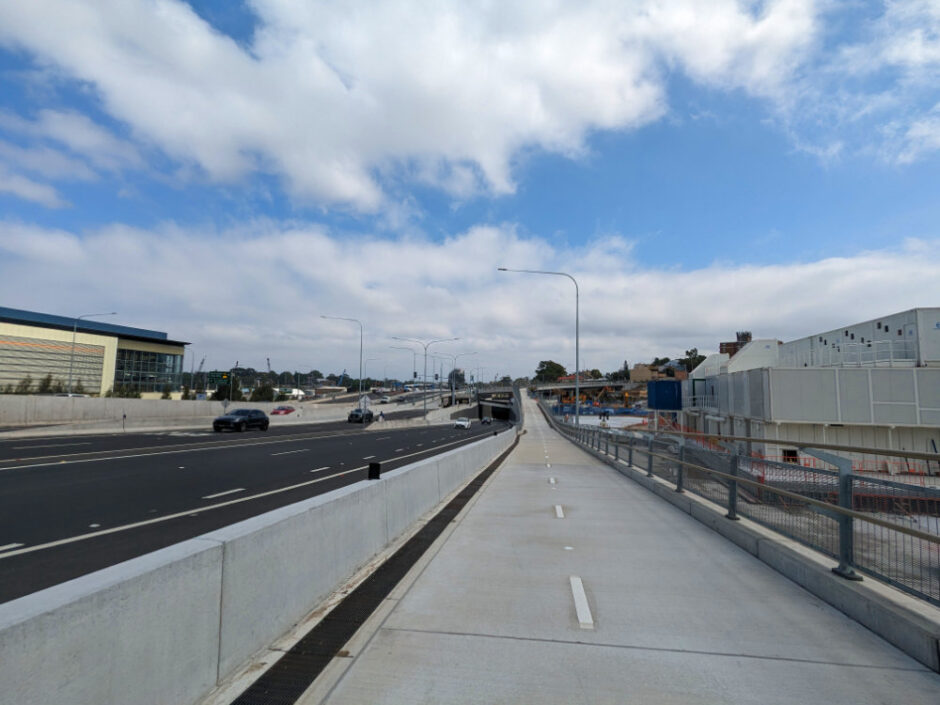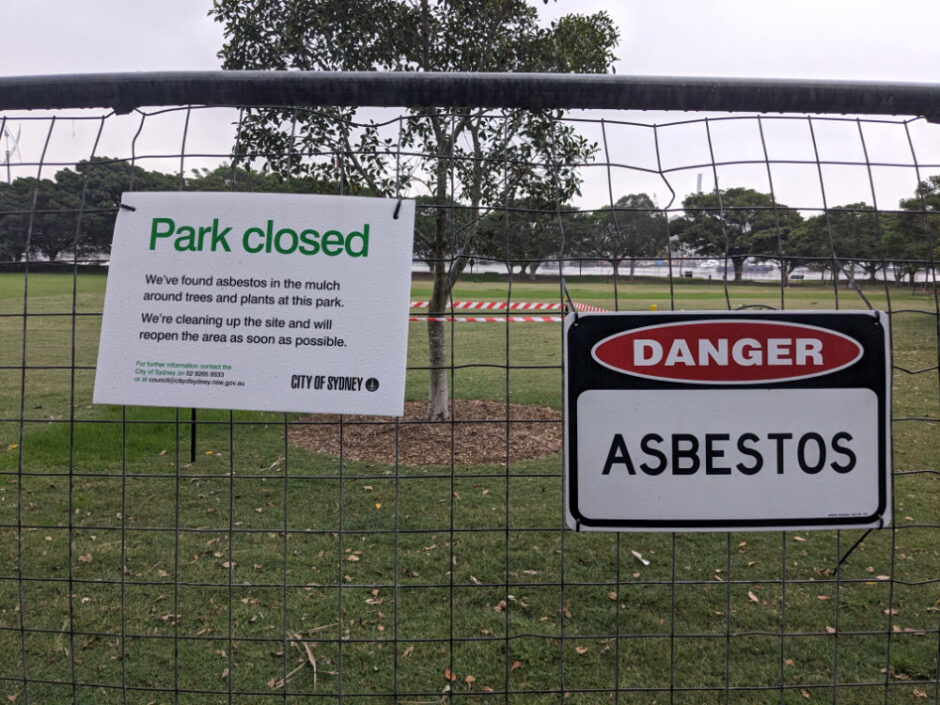A slow-motion trainwreck has been unfolding on our doorstep here in Balmain, Sydney. We live about a kilometer as the crow flies from one of the world’s biggest infrastructure developments, the WestConnex and its newly opened Rozelle Interchange. WestConnex is a huge underground road network built and operated as a public private partnership (PPP) that has been under planning and construction since the early 2010s.
The Interchange near ours opened late last year, and has made congestion even worse than before, despite its clip of AUD 4 billion. The total WestConnex may cost as much as AUD 20 billion. The whole project has been riddled with controversy. It helps better understand Australian politics, especially in our state NSW, but also sheds light at similar processes around the world.
I just realized before starting to write this post that Jacobin published an article on this a few days ago. It eloquently sums up the debate, and one of its main problems: In Australia, car-centric transportation policy and planning are stuck in the postwar period, while the economic model is decisively neoliberal. As if that weren’t enough, add to this a coopted political class and creeping depoliticization of urban and transport planning. No need to summarize the article here.
PPPs are seen as a way to “mobilize” private sector capital and preserve fiscal resources in an age of austerity. Unsurprisingly, they’re very popular with IFIs. The potential costs or benefits to the taxpayer are often unclear, but projects usually face significant downside risk especially if overly optimistic economic assumptions are used, or costs balloon. All too often, it seems, PPPs privatize profits and socialize losses.
On the surface, technocracy is one of the major problems. The real costs and benefits are obfuscated within complicated models in which guarantees, first loss cover, tariffs, tax breaks, etc. complicate what is already complex project finance. The models have a wide margin of error given their very long-term nature, and scenario analysis can only do so much to cover uncertainties over this horizon. This investor relations presentation by WestConnex gives an idea of the complexities underlying these projects.
Besides the questionable deal taxpayers often get from these PPPs, there are some more structural trends at play here. WestConnex shows that the delegation of infrastructure planning to “expert bodies” has created apolitical fora not subject to public or parliamentary scrutiny and therefore a tool of the proponents to push these projects through.
The “post political planning” literature offers a great lens to look at these big projects, in particular how a guided “participation” process can force consensus and dilute public opposition. One example I found telling is that survey respondents were asked to comment on the WestConnex project plans, but not the more basic question “what would you do with AUD 20 bn available for infrastructure investments?”. Perhaps unsurprisingly given the city’s recent past, academics in planning departments have produced a significant body of research on the topic.
The lack of accountability of these PPP consortia can lead to significant adverse outcomes, which have become painfully obvious to Sydneysiders recently. In the public park next to the new roads at the Interchange, asbestos was found, leading to the area’s temporary closure.
Contractors seem to have used contaminated mulch, not just at the Interchange but at numerous other locations in Sydney. It’s a veritable clusterfuck and is raising a lot of questions regarding the effectiveness of safeguards and environmental protection.
For us the most obvious sign of it is the gridlock on the streets during morning rush hours. And it’s not to do with the project being under construction, it is because it’s now complete. And it doesn’t work. And to cycle near the Interchange, coming from or going to Victoria Road, is very degrading indeed. It looks and feels a little like Mad Max. How come something like this is built in the 2020s?


